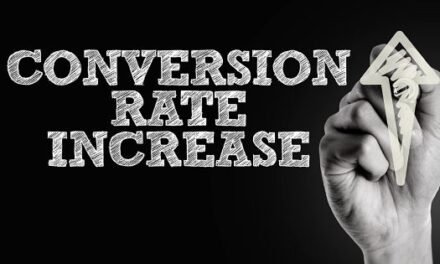In the minds of some professionals, branding and marketing are one and the same. We couldn’t disagree more, as there are marked differences between the two. They may influence and interact with each other, but it is bad business strategy to focus solely on one and call it a day.
Below, I go into detail on what branding and marketing are and then discuss how they differ from each other.

Branding…
1) Is what people think about you, your product, or service
You already have a brand, even if you aren’t aware of it. From reviews left on sites like Yelp and TripAdvisor to good old-fashioned word of mouth, the opinions people have concerning your business contribute mightily to its reputation.
By engaging with customers who leave reviews (especially those who leave the bad ones) and listening to the feedback they give about your brand, you’ll gain valuable info which can help improve its image.
2) Is the meaning you give your product or service
It is better to actively define your brand than to have one imposed on you by customers/your competition. By doing this, you get to influence the type of consumer you interact with.
Imagine you are a freelancer proficient in editing videos. You could keep your web design basic, charge cut-rate prices, and work long hours.
On the other hand, you could create a professional looking site, charge a premium for your talents, and place a cap on your availability.
In both examples, the service offered is effectively the same, but the branding differs dramatically. The first businessperson has positioned themselves as a servant to entrepreneurs operating on a shoestring budget, while the other has crafted an image as a high-powered consultant, the type well-capitalised businesses are willing to pay big money to in order to give their videos that professional look.
Marketing…
1) Uncovers what your target market wants
Once you have defined your target demographic, the next goal of marketing is to introduce them to a product or service tailored to their needs.
If you have started a YouTube channel built around your core expertise, you can explore what style of video they respond to best, the problems they grapple with, what they value most, and so forth.
This isn’t the only way to practise marketing, but it is far easier than shooting a bunch of videos and attempting to convince the average person to care about a subject of which they know nothing about.
2) Sets your product or service apart from your competition
In today’s business climate, meekly offering a product or service based on features or price won’t cut it. Customers define the niche they are in through specific web searches they type into Google – if you can’t set yourself apart from the half dozen other options available, you’ll get passed over in a heartbeat.
Say you have created a fitness program – does it work best for single women looking to stay healthy in uni? For busy moms juggling kids and a career? For those over 55 who want their retirement years to be golden?
By honing in on any of these specific demographics, you will find it easier to attract customers.
So, what is the difference between branding and marketing?
In short:
Branding describes the process of influencing the public perception of an individual, business, product, or service.
Marketing describes the process of attracting the attention of a specific group for the purposes of selling a product or service.
There are a few areas where these disciplines overlap – for instance, having a stellar brand certainly contributes to marketing efforts in a positive way.
However, it is our hope the in-depth explanations provided above show how marketing and branding are not synonyms, but distinct entities requiring different approaches if you want to excel at both.



















